How to Plan a Drought-Tolerant Landscape Layout
By Innovation Grounds
In an era where water conservation is becoming increasingly important, planning a drought-tolerant landscape is not only environmentally friendly but also an opportunity to create a stunning, low-maintenance outdoor space. A well-planned drought-tolerant landscape layout can help you reduce water usage, minimize maintenance costs, and enhance the beauty of your home. Here’s how you can design an efficient drought-tolerant garden that thrives with minimal water.
Understand Your Environment
Before you start selecting plants or materials for your drought-tolerant landscape, it’s essential to understand the local climate and soil conditions. By analyzing the local rainfall patterns, temperature extremes, and humidity levels, you can make informed decisions about what plants will thrive in your area.
Key Considerations:
Climate Zone: Research your USDA hardiness zone to find out which plants will grow best in your area.
Soil Type: Drought-tolerant plants often prefer well-draining soil, so consider conducting a soil test to determine the pH and texture.
Sun Exposure: Pay attention to which areas of your garden receive full sun, partial shade, or full shade, as this will influence plant choice.
Choose the Right Drought-Tolerant Plants
Selecting the right plants is crucial for the success of your drought-tolerant landscape layout. Opt for native plants, as they are better adapted to your local climate and will require less water once established. Additionally, many drought-tolerant plants have deep root systems that allow them to access water from deeper soil layers.
Best Drought-Tolerant Plants:
Succulents: Plants like aloe vera, agave, and sedum store water in their leaves, making them ideal for dry conditions.
Grasses: Ornamental grasses such as blue fescue, fountain grass, and muhly grass are low-maintenance and drought-tolerant.
Perennials: Lavender, coneflowers, and black-eyed Susans are beautiful and hardy perennials that thrive with little water.
Shrubs: Plants like rosemary, yucca, and sage are perfect for creating a drought-tolerant hedge or accent plant in your landscape.
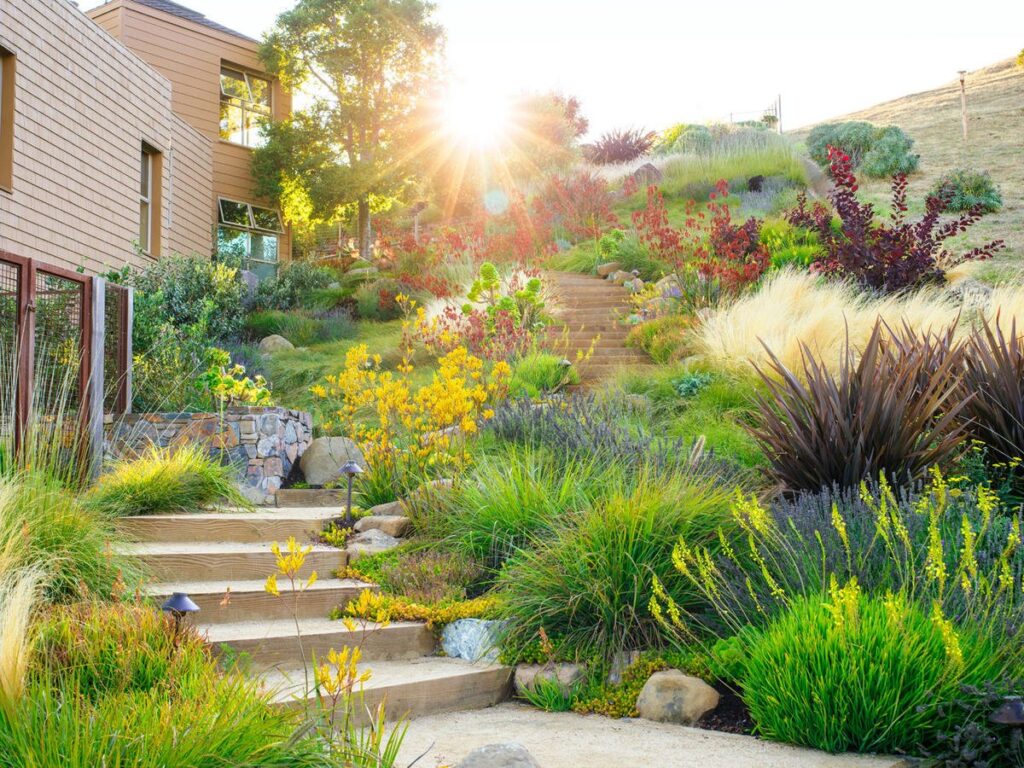
Incorporate Water-Efficient Irrigation Systems
Even though drought-tolerant plants require less water, it’s still essential to provide them with the proper hydration during their establishment phase. Installing an efficient irrigation system can help you save water and reduce wastage.
Water-Efficient Irrigation Options:
Drip Irrigation: A drip irrigation system delivers water directly to the roots of your plants, minimizing evaporation and runoff. It’s a great option for a drought-tolerant landscape.
Soaker Hoses: These hoses allow water to seep slowly into the soil, providing consistent moisture to the plants without excessive runoff.
Rain Barrels: Collecting rainwater in barrels is a sustainable option to water your garden and reduce your dependence on tap water.
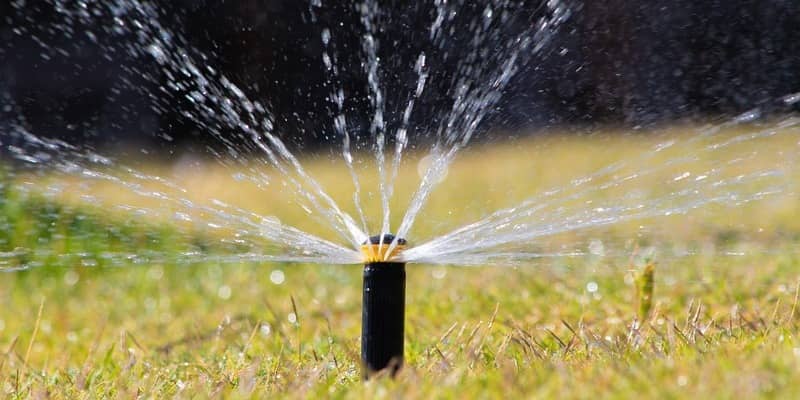
Use Mulch for Moisture Retention
Mulching your garden beds is an excellent way to conserve water and reduce evaporation. A 2-3 inch layer of organic mulch, such as wood chips, bark, or straw, can help retain moisture in the soil, keep plant roots cool, and suppress weed growth.
Benefits of Mulch:
Water Conservation: Mulch acts as a barrier, reducing moisture evaporation from the soil surface.
Soil Health: Over time, organic mulch decomposes and improves the soil’s structure, enhancing its ability to retain water.
Weed Control: A thick layer of mulch prevents weed seeds from germinating, reducing the need for herbicides and excessive watering.
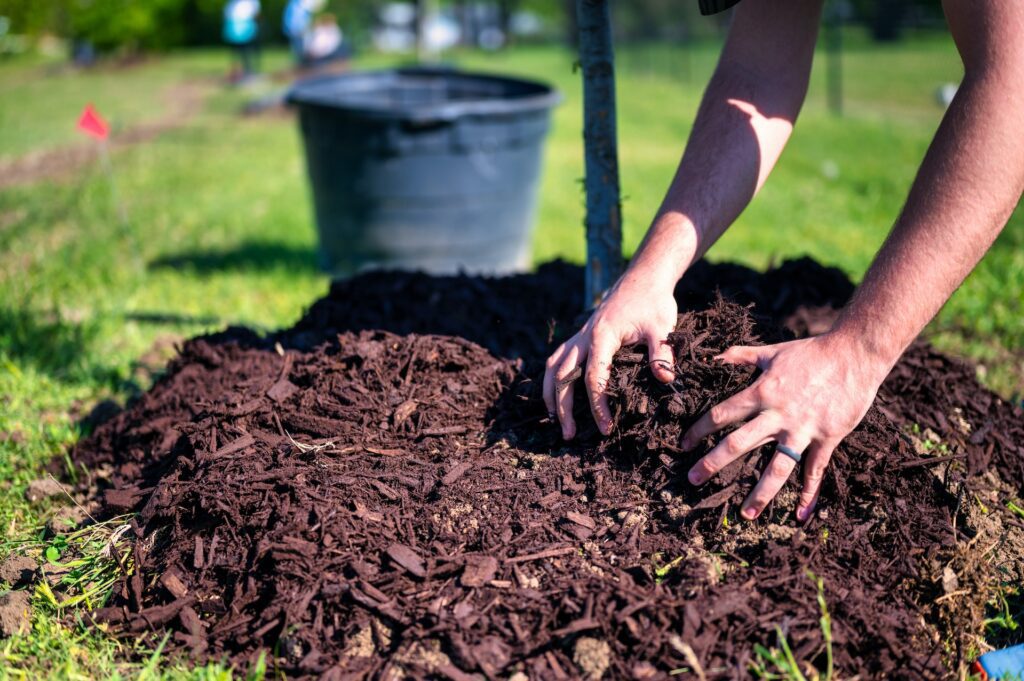
Group Plants According to Their Water Needs
One of the best practices for a drought-tolerant landscape layout is grouping plants with similar water requirements together. This allows you to optimize water usage and reduce the risk of overwatering or underwatering certain plants.
Creating Water-Wise Zones:
Low Water Zone: Include plants that are highly drought-tolerant and require minimal water once established. These plants should be placed in the driest areas of your garden.
Moderate Water Zone: In areas with partial shade or more consistent moisture, you can place plants that require moderate water.
High Water Zone: If your garden has areas that receive regular rainfall or can be easily irrigated, you can include plants that need more water in this zone.
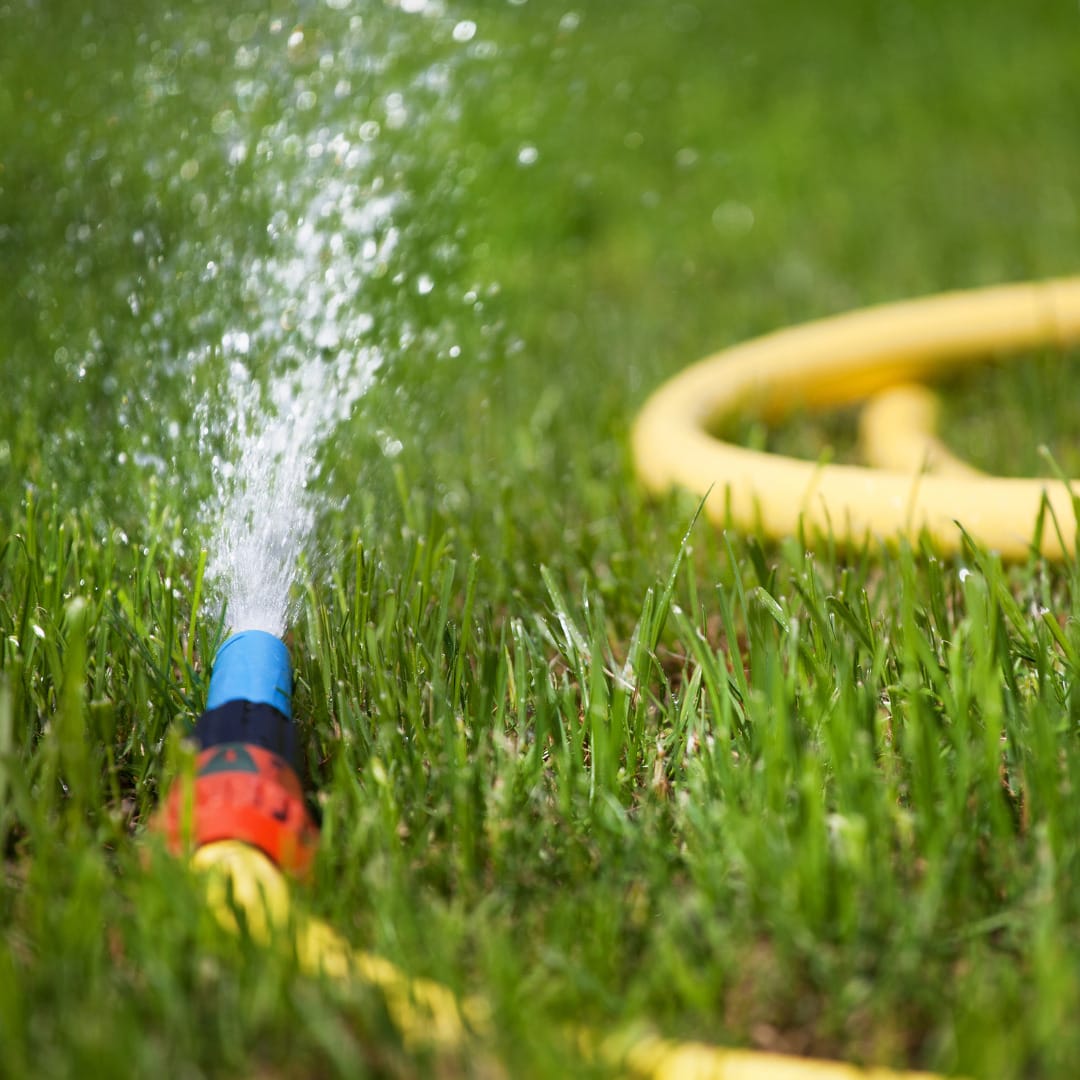
Use Hardscaping to Reduce Water Consumption
Incorporating hardscaping elements like patios, pathways, and retaining walls can reduce the amount of space that needs to be irrigated. Hardscaping materials such as gravel, pavers, and stone can create visually appealing structures that require little to no water.
Hardscaping Tips:
Permeable Paving: Choose permeable materials for your walkways and patios to allow rainwater to filter into the ground, reducing runoff and helping your plants get the moisture they need.
Create Functional Spaces: Use hardscaping to define areas for seating, fire pits, or outdoor kitchens while reducing the need for water in those spaces.
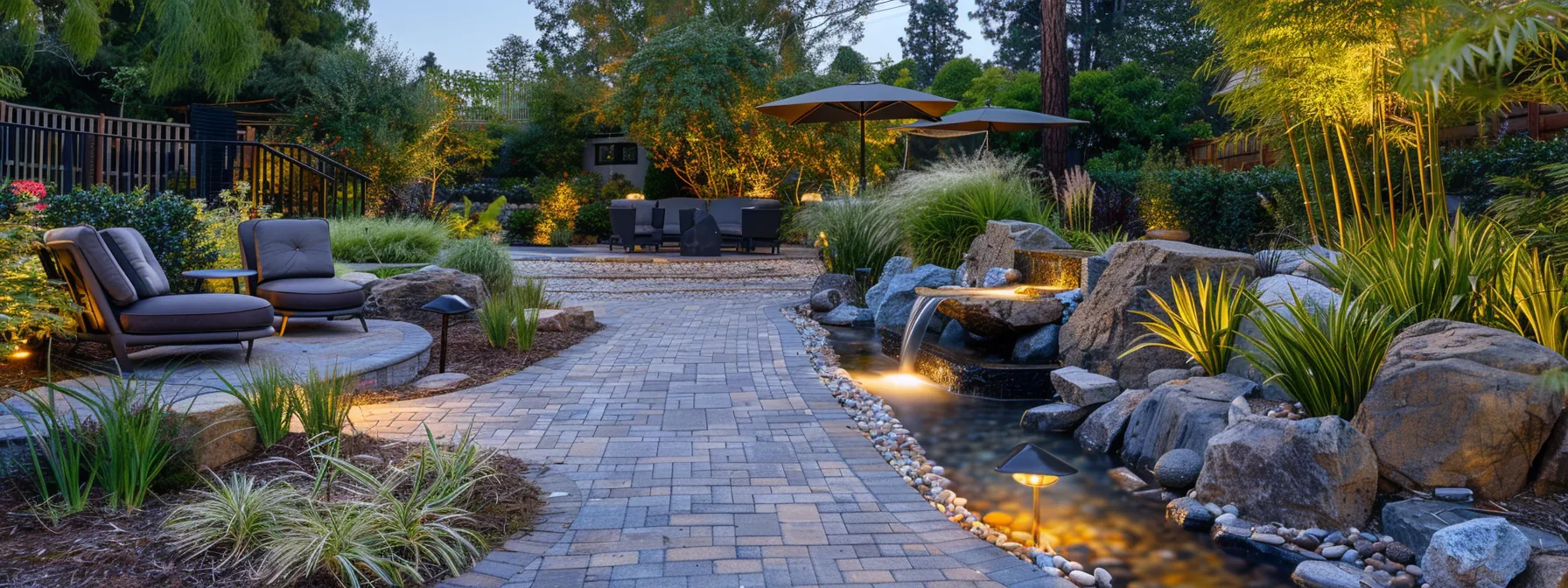
Plan for Seasonal Interest
Tumbled marble gravel is smooth, rounded, and adds a touch of elegance to any landscape. It is ideal for:
- Decorative Landscaping: Provides a luxurious look to gardens and water features.
- Pathways: Comfortable underfoot and visually appealing.
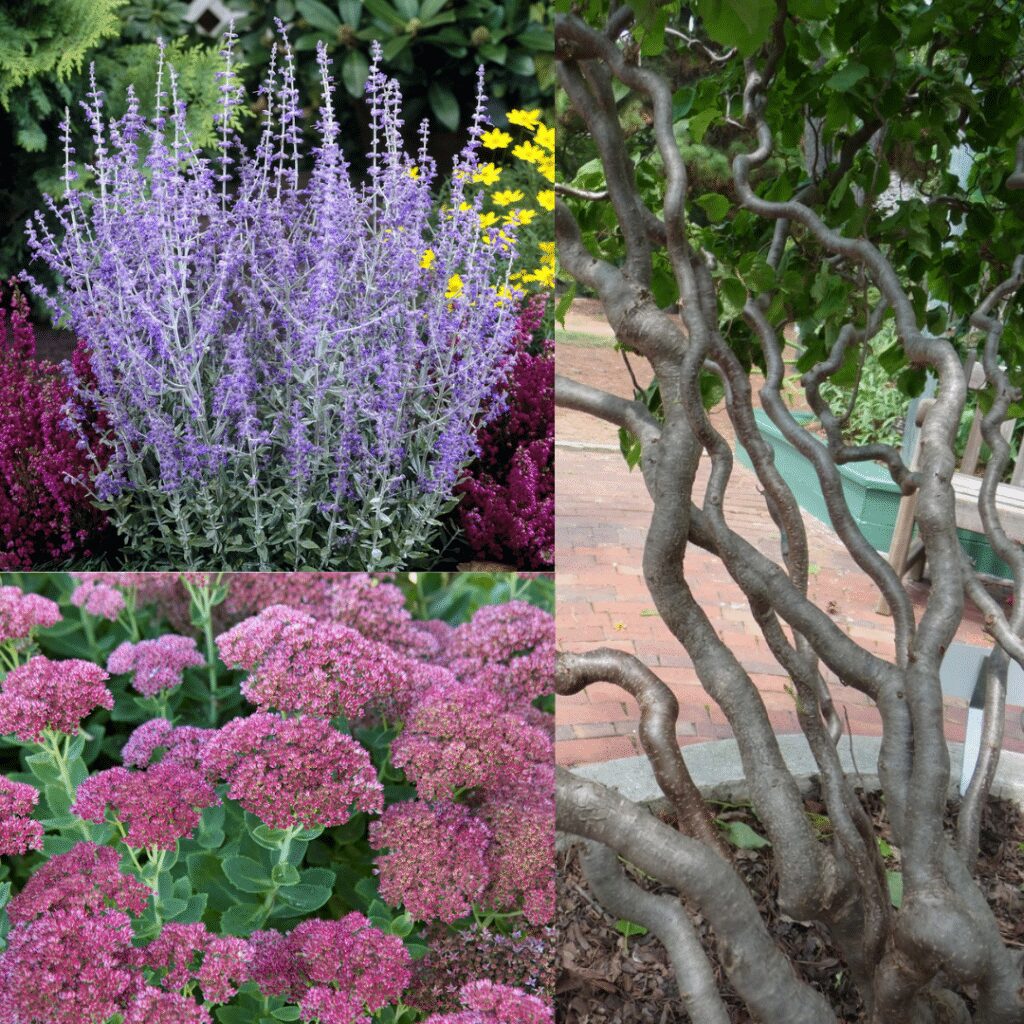
Conclusion
Planning a drought-tolerant landscape layout is an effective way to conserve water, reduce maintenance, and create a beautiful outdoor space. By selecting the right plants, incorporating water-efficient irrigation, using mulch for moisture retention, and grouping plants by their water needs, you can design a landscape that thrives with minimal water usage. With a little thoughtful planning, you’ll have a sustainable, low-maintenance garden that looks beautiful all year round.
By following these tips and using water-efficient practices, your drought-tolerant landscape will flourish for years to come, while helping to conserve one of our most precious resources—water.


